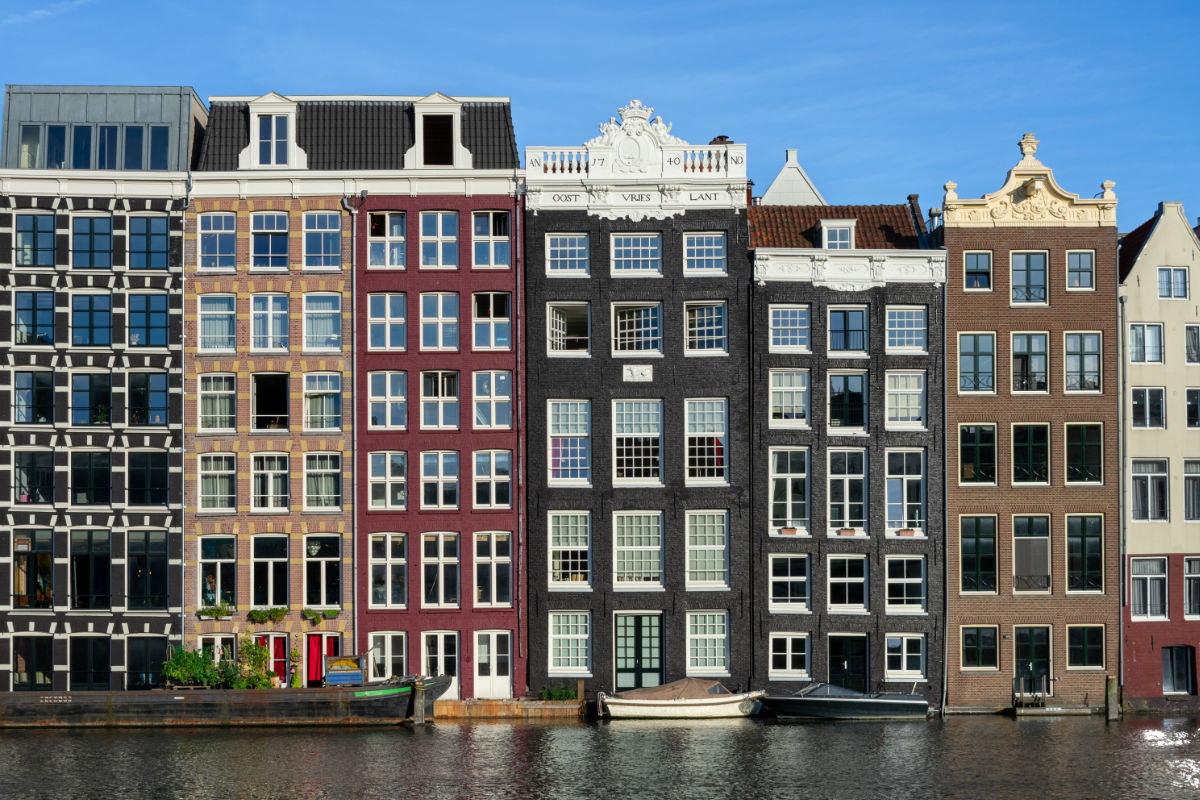
Here’s a list of nine things to consider before you take the plunge and become part of the home-owning community.
Before you even start looking, it is wise to work out what you can afford – and how much you can borrow. As a rule of thumb, you can borrow 4.5 times your gross annual income, including holiday pay and regular bonuses. If you are buying a house with a partner, 90% of their gross annual income can be added to the total.
Different rules apply if you are self-employed, and if you have the 30% ruling, you can borrow more, because you have more disposable cash. Ask a mortgage advisor to help you.
Add in any savings you want to spend to the total and that’s your budget. Remember, this amount also includes all the fees that buying a house involves and the cost of any work you would like to have done. So be realistic.
You will need to provide your mortgage lender with a stack of paperwork, so it is worth starting to assemble this early on in the process. The main documents you will need are your residency permit – if you are non-EU, an employer’s declaration about your job and salary, and information about any additional assets or debts you may have.
Now is also the time to start looking for that mortgage provider who is going to help you finance your dream home. As a first-time buyer, it is probably sensible to go to an independent advisor, who can check out the options for you and explain all the different types of mortgage. My Dutch Mortgage offers this service online.
The housing market in the Netherlands is booming and prices are going up, so if you are a first-time buyer your choices may be fairly limited – particularly if you are looking in Amsterdam or one of the other bigger cities. So decide what is essential.
For example, do you really need an outside space or a second bedroom for visitors? Or is there a nice park nearby and a good, cheap hotel? Is natural light and a bath in your bathroom non-negotiable and do you plan to work from home a lot? If you don’t have a car, is there good public transport? These are all things to consider when deciding what properties to look at.
Don’t limit yourself to areas you know. Get out and about, check out commuting times and familiarise yourself with the less popular areas or nearby towns where prices are likely to be more in line with your budget.
Once you know how much you can spend, what you want and which target areas you prefer, you can start looking. Websites such as funda.nl will give you an idea about what is on offer in your price category. But given how tight the market is at the moment, it might be wise to use the services of an aankoopmakelaar – an estate agent who will alert you to properties that might fit the bill. Makelaars have good networks and that means you might hear about that potential little gem before it hits Funda.
If you are fairly new to the Netherlands and don’t speak Dutch, this would be a sensible option. You need all the advantages you can get.
Your aankoopmakelaar will usually accompany you on visits and make sure that the relevant questions are asked. Don’t worry about whether or not your uncle’s cupboard will look good in the sitting room – a coat of paint or a new wooden floor can work wonders. As well as checking out the property, now is the time to find out more about the neighbourhood and about the owners’ association (VVE). Remember, while cosmetic details, such as the lack of a bath, can be fixed, structural repairs are expensive.
Found a house you like? Strike while the iron’s hot and make an offer – and here is where having an estate agent to guide you really helps. But once you’ve made an offer this is not the end of the process. You may be overbid by another interested buyer, so be prepared to increase your offer – within the limits of your budget! Don’t bid more than you can borrow – it may cost you in the long run.
Once your offer has been accepted, you will have to sign a ‘voorlopig koopcontract,’ or ‘preliminary sales contract’. Don’t be fooled by the use of the word preliminary. By law you have three days to change your mind but after that the contract becomes binding – and you will end up paying a hefty fee if you pull out.
You can of course put in a financial escape clause, which means you can break the contract if you don’t get the mortgage sorted out properly. If you do this, you have bought the property ‘onder voorbehoud’ – or subject to the finances being okay. This is a very common position to be in, but given the current state of the market, you may find that the seller prefers to opt for a buyer who has the money ready. If you’ve got lots of savings and a secure job, this is something you might consider doing. Your mortgage advisor can help you on this. Bidding on a house without a financial clause
Now you need to finalise your mortgage by providing your bank with all the necessary documents – most of which you will already have to hand. You will also need a taxation report for the property you are buying. You can do this using an intermediary like My Dutch Mortgage, which offers an online service so you can upload the paperwork to a central location. Once this has been sorted, all you have to do is visit a notary and sign the deeds. And move in, of course.
